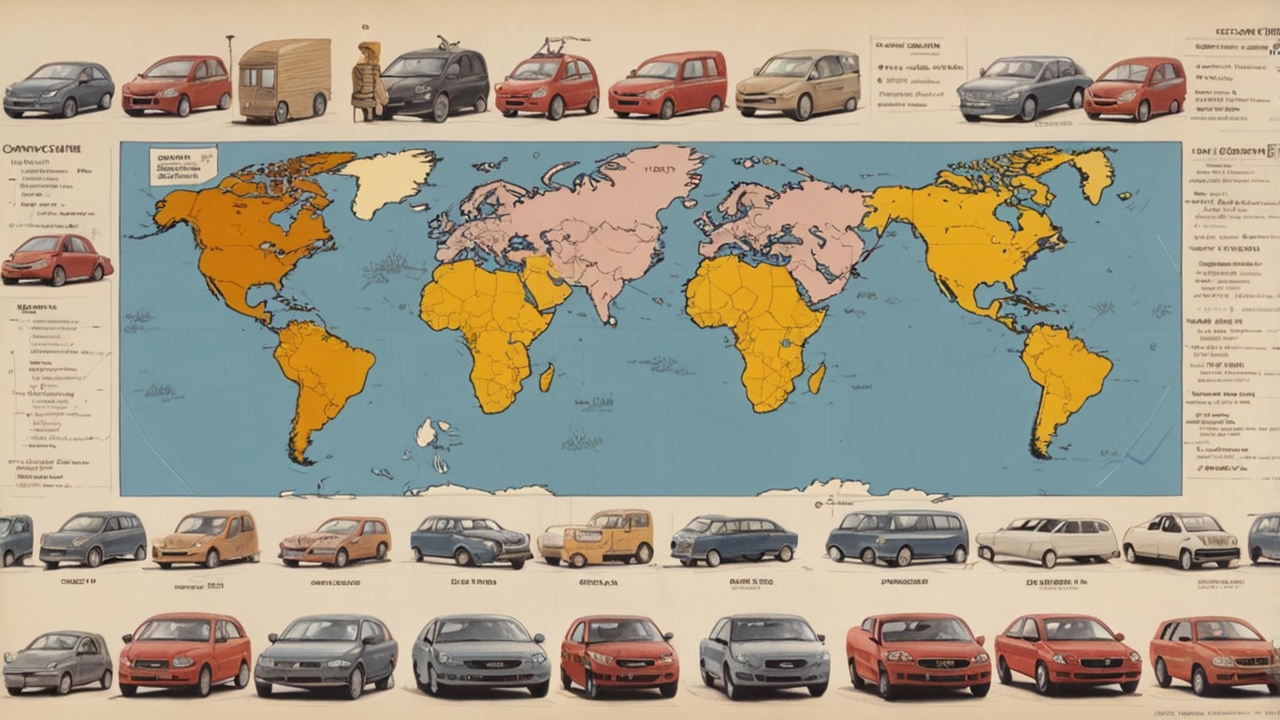The Dangers of Distracted Driving in the Digital Age
Bukemersanacokyakisir – Distractions are everywhere—especially behind the wheel. The rise of smartphones, infotainment systems, and other digital technologies has drastically changed driving behavior. While these tools offer convenience, they also pose significant risks. Distracted driving is now one of the leading causes of road accidents globally. Therefore, understanding the scope and impact of this issue is crucial to improving safety for everyone.
What Is Distracted Driving?
Distracted driving refers to any activity that diverts attention from the primary task of driving. This can include texting, talking on the phone, adjusting the GPS, eating, or even daydreaming. Among these, digital distractions—especially mobile phone use—are the most dangerous. Notably, texting while driving increases crash risk by up to 23 times. When your eyes are off the road for just five seconds at highway speeds, it’s like driving the length of a football field blindfolded.
“Read more: 3D Mapping Technology and Its Impact on Modern“
How Digital Technology Has Amplified the Problem
Although technology has improved navigation and communication, it has also introduced a constant stream of alerts, messages, and calls. Modern drivers are often tempted to check notifications or scroll through social media at red lights or even while moving. In addition, newer vehicles are equipped with touchscreens that require cognitive and manual input. Consequently, drivers are more distracted than ever, even when they believe they are multitasking safely.
Types of Distractions Every Driver Should Know
Distractions fall into three main categories: visual (taking eyes off the road), manual (removing hands from the wheel), and cognitive (losing focus mentally). Activities like texting involve all three forms simultaneously, making them especially hazardous. Even voice-activated systems, which seem hands-free, still engage the brain in ways that reduce reaction time. As a result, it’s vital for drivers to recognize how even brief diversions can lead to serious consequences.
The Alarming Statistics Behind Distracted Driving
According to the World Health Organization, over 1.3 million people die in road traffic crashes each year, with a significant portion linked to distraction. In the United States alone, the National Highway Traffic Safety Administration (NHTSA) reported that over 3,000 fatalities in 2022 were caused by distracted driving. Moreover, young drivers are disproportionately affected, with nearly 40% of teens admitting to texting while driving. These figures highlight an urgent public health issue that needs ongoing attention.
Psychological Triggers That Lead to Distraction
One reason digital distractions are so persistent is due to psychological triggers such as FOMO (fear of missing out) and habit loops created by constant notifications. Dopamine responses reinforce the urge to check the phone, even during driving. Furthermore, people often overestimate their multitasking abilities, believing they can glance at a screen without risk. This false confidence leads to increased error rates, slower reaction times, and a higher likelihood of crashes.
Legal Measures and Enforcement Challenges
Many countries have introduced laws banning the use of handheld devices while driving. Despite these efforts, enforcement remains a challenge. Drivers may hide their phones below dashboard level, making it difficult for authorities to detect violations. Moreover, penalties often vary and may not act as sufficient deterrents. For laws to be effective, they must be paired with public education campaigns and stricter enforcement technologies like roadside surveillance or in-car monitoring systems.
Technology as Both a Problem and a Solution
Interestingly, technology can also help solve the problem it created. Apps now exist that disable certain phone functions while driving. In-vehicle monitoring systems can alert drivers when they show signs of distraction. Additionally, autonomous and semi-autonomous vehicles offer promising advances in accident prevention. However, until such technologies become standard, drivers must take personal responsibility and adopt safer habits on the road.
Tips to Avoid Distracted Driving
Fortunately, there are simple steps drivers can take to reduce distractions. First, put your phone on “Do Not Disturb” mode before starting the engine. Second, program your GPS and playlist before you drive. Third, avoid eating or grooming while on the road. If a call or text is truly urgent, pull over safely before responding. Ultimately, creating a routine of focused driving protects not just the driver, but everyone on the road.
Educating the Next Generation of Drivers
Preventing distracted driving must start with education, especially among young drivers. Driving schools, parents, and peer groups play a vital role in shaping safe habits. Interactive simulations, real-life testimonials from accident victims, and mobile awareness campaigns can drive home the dangers more effectively than lectures alone. The earlier we instill the importance of undistracted driving, the safer our roads will become for future generations.
A Shared Responsibility for Safer Roads
In conclusion, distracted driving is a modern epidemic made worse by digital dependency. However, it is preventable. By recognizing the risks, enforcing the rules, and adopting safer habits, we can reverse this dangerous trend. Every text delayed and every call ignored while driving can save lives. Therefore, let us treat driving as the life-or-death responsibility that it truly is—and encourage others to do the same.



